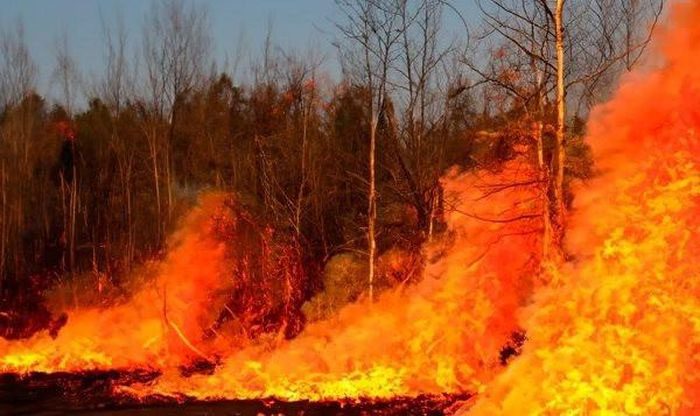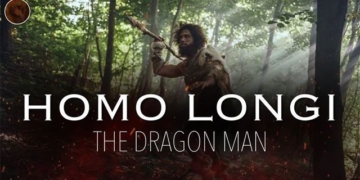According to Popular Science, a study conducted by a team led by ecologist Gavin Jones at the Rocky Mountain Research Station has noted that increasingly frequent and intense wildfires are shaping the evolutionary process in many species.
Wildfires kill some animals but help others survive, ultimately determining which genes are passed on to future generations. The process by which some individuals survive better than others is known as natural selection—the driving force behind evolution. The fortunate individuals that possess traits that not only allow them to survive the fire but also thrive in the scorched environment will successfully reproduce.
Wildfires can also play a connecting role, creating habitats that encourage members of the same species to coexist. However, there is also the possibility that fires may split some populations into several isolated groups, leading to inbreeding and ultimately extinction.
Can wildlife adapt quickly enough? Mr. Jones noted that larger populations with shorter generation times, like insects, evolve faster than those with longer generation times.

Wildfires affect the evolutionary process.
Black Fire Beetle
The black fire beetle is attracted to fire and searches for recently burned tree stumps to lay its eggs. Wildfires also help to drive away predators that feed on beetle eggs. As a result, this species has developed heat-sensing organs hidden behind its legs that can detect heat from dozens of miles away. These sensory organs operate using small water-filled sacs that expand as temperatures rise.
Black-backed Woodpecker
This species nests in charred tree trunks or dead standing trees, where their plumage enhances their camouflage. However, several studies have shown that the closer a woodpecker’s nest is to an unburned forest (with plenty of protective cover), the higher the survival rate of the fledglings to adulthood. Thus, the genes of individuals that nest farther from the fire will be passed on.
According to a supplementary study, black-backed woodpeckers will return to burned forests 3-5 years after a fire to search for insects, allowing different populations to share genes through mating.
Western Fence Lizard
The western fence lizard has a sky-blue belly and a back that can be brown, black, or gray. In Southern California, they often rest on charred shrub trunks and avoid surfaces that don’t match their coloration. Over time, this behavior has increased the number of darker individuals.
Spotted Owl
The spotted owl requires lush forests to survive. However, not all individuals die or migrate when a fire occurs. GPS tracking has shown that spotted owls prefer hunting in areas of severely burned forest—particularly in relatively small patches of about 1 to 10 hectares—surrounded by intact green trees (suitable for nesting). This finding indicates that they have adapted to wildfires.
Boisduval Blue Butterfly
The wildflower lupine—favorite food of the butterfly larvae along with other pollinator species—thrives after wildfires. In Yosemite National Park in California, wildfires encourage isolated populations of Boisduval blue butterflies to interact with each other, enhancing diversity while promoting overall species development.


















































